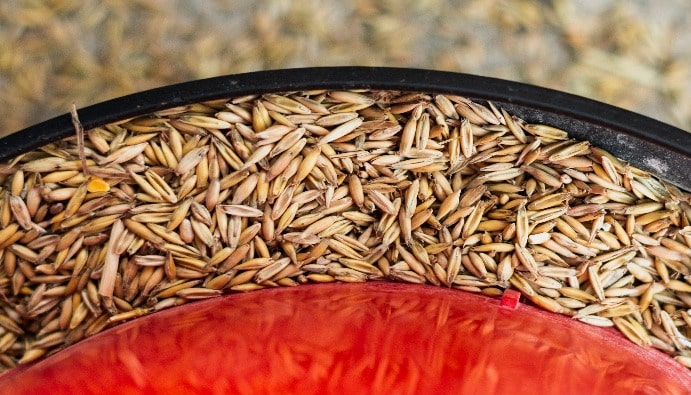Feed Analysis, Tests and Classification of Feeds: Quality
Feed Analysis, Tests and Classification of Feeds...

What is Feed?
Feeds are the basic elements that provide the nutrients necessary for animals to grow, develop and be productive in a healthy way. Therefore, the quality and nutritional value of feeds is of great importance in the livestock industry. Feed analysis and testing are important processes to assess the nutritional value, safety and quality of feeds.
Importance of Feed Analysis and Testing
Analyzing feeds ensures that nutritious and high quality feeds are provided so that animals can develop healthily and achieve high yields. Feed tests assess the following key elements:
- Nutrient Content: The amount of protein, carbohydrate, fat, fiber and minerals in the feed is determined.
- Purity and Contamination: The feed is checked for the presence of undesirable contaminants (fungi, toxins, chemicals).
- Microbiological Analysis: It is tested whether the feeds are free from microorganisms (bacteria, fungi, viruses).
- Physical and Chemical Properties: Physical and chemical properties of feeds such as moisture content, pH value, mineral content, energy density are analyzed.
Classification of Feeds
Feeds can be divided into various categories according to their content, intended use and the type of animal they target. Correct classification of feeds is important to provide nutrition in accordance with the needs of animals.
1. Classification According to Feed Types
- Dry Feeds: These feeds usually consist of hay, silage and concentrated feeds. With their high energy content, they provide food to animals without causing digestive difficulties.
- Wet Feeds: These are feeds obtained from fresh plants such as grass and alfalfa. These feeds generally have high water content and provide nutrients that facilitate digestion.
- Concentrated Feeds: These are feeds with high energy and nutritional value used to meet the special nutritional needs of animals. They are usually rich in protein, vitamin and mineral content.
- Feed with Additives: Feeds containing vitamins, minerals and other supplements to support animal health.
2. Classification of Feeds According to Intended Use
- Milk Yield Increasing Feeds: High protein and energy feeds for dairy cows that support milk production.
- Meat Yield Increasing Feeds: High protein and energy feeds specially formulated for animals fed to increase meat yield.
- Egg Yield Increasing Feeds: They are feeds used to increase the egg production of hens and have optimized vitamin, mineral and protein ratios.
3. Classification by Animal Species
- Cattle Feed: High protein and energy feeds that increase meat and milk yield.
- Poultry Feed: Specially formulated feeds for chickens, ducks and other poultry.
- Horse Feed: Feeds for horses to increase their healthy growth and performance.
- Ovine Feed: Special feeds for sheep and goats.
- Fish Feed: These are feeds used for aquaculture and are rich in protein content.
What are Feed Tests?
- ADF, NDF, ADL Analysis in Feeds
- Crude Solid - Liquid Oil Analysis
- PCB Total Analysis
- Crude Ash Analysis
- Calculation of Metabolic Energy Value
- Analysis of Metals and Other Elements
- Determination of Sugar and Starch
- Mycotoxin Analysis
The above-mentioned tests and analyzes are carried out on ovine and bovine feed and feed raw materials.
Nanolab Laboratories Group continues to provide services within the scope of Feed Analysis.
Contact us for more information.
You can follow us on LinkedIn for up-to-date news and posts about our services.
Follow our Instagram account to be informed about our latest blog posts.

